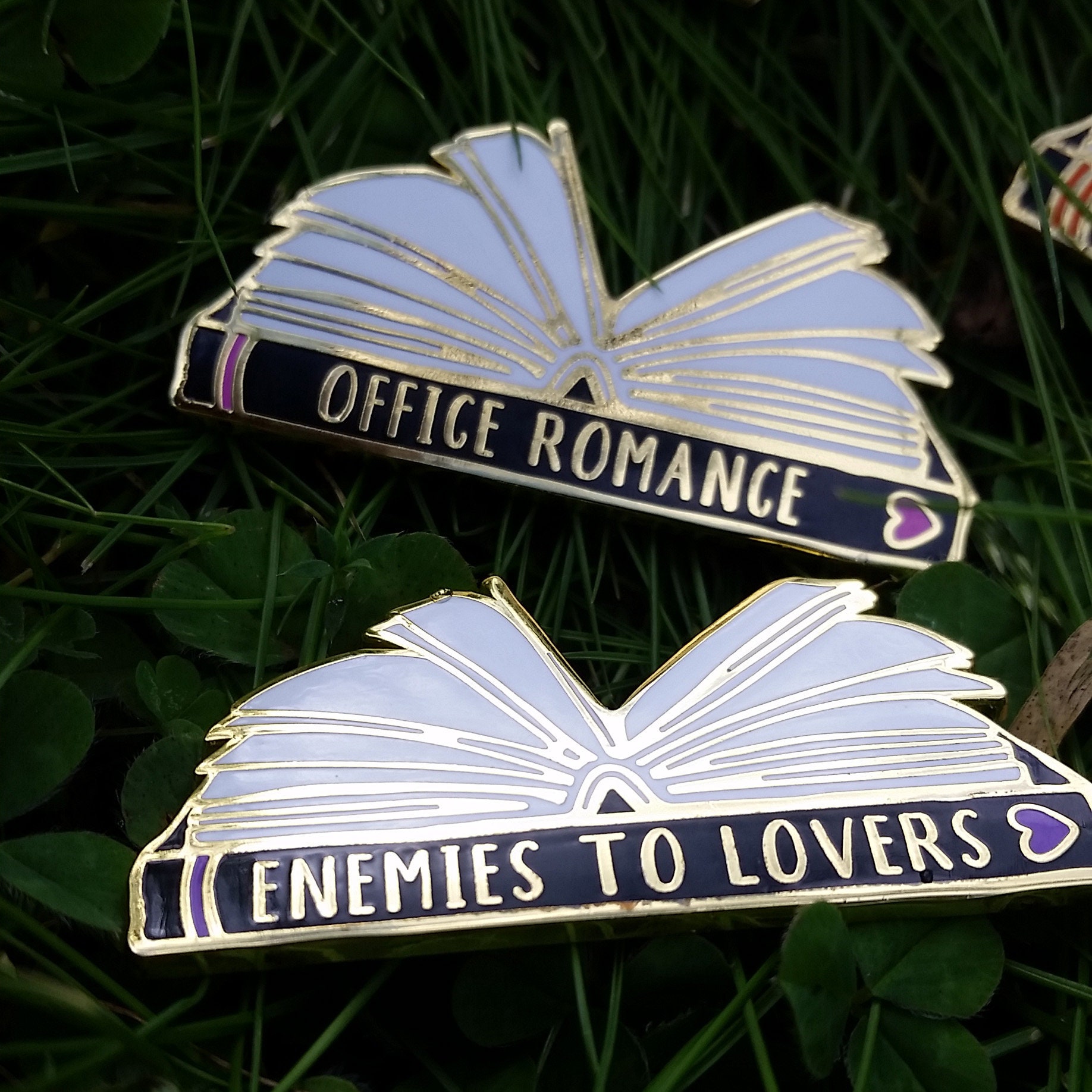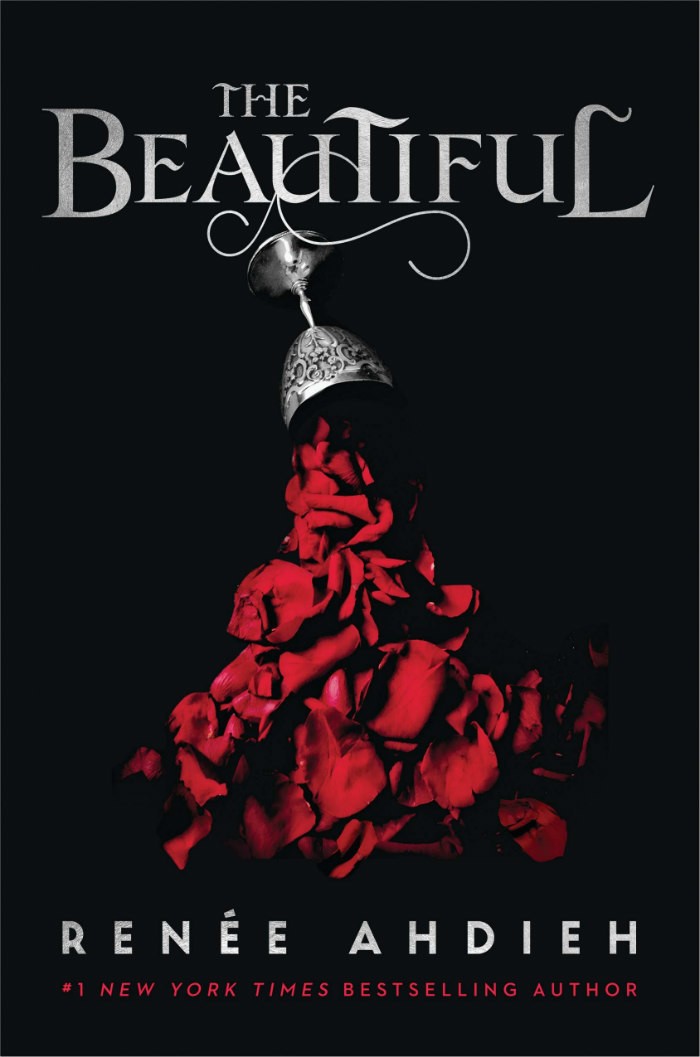

It also makes sense to say that they would benefit from a greater distinction in fandom discourse, too. With this in mind, it makes sense that conflict would arise over a pair of tropes that are confused with one another.

So people are drawn to tropes, both as a way to communicate and to find comfort in familiarity. It’s fun to watch new characters experience known tropes and see how their unique personalities handle the situations in new ways.”
#Enemies to lovers trope movie
“It’s comforting to sink into a book or a movie and know that it’s going to end in a happily-ever-after. Specifically, that the magic to tropes is their formula: Here on Frolic, Cameron Lund also brings up a great point. Tropes are an important part of any story, and when people go looking for specific ones there’s often a good reason behind it.Īs explained by Arriel Vinson for Diverse Books, “tropes function as a way to connect with other readers and find the novels you love.” They’re a shorthand form of communication, and as the linked article expands upon, it’s inaccurate and harmful to say that tropes are “overdone” when creators and fans from different backgrounds have been denied access to them as a way to express a story. While rivals to lovers and enemies to lovers are different, they also share surface similarities, so it’s easy to see why people could be confused by the two, or upset if they went looking for one trope only to find the other. Either that or they are forced to be on the same side through circumstance. However, the rivals usually start on the same side of a conflict. The stakes are still high, and the interpersonal conflicts are thick. There is still angst and animosity in this trope, the same as there was in the former. The characters are not in opposition to one another: instead, they are working towards the same goal. With rivals to lovers, the trope has a different narrative base. That said, this dynamic shows up in fandom spaces as well (just check the AO3 tag for a taste). The happy ending comes from their individual feelings overcoming their differences and different goals.Ĭanonical examples of this trope are Juliette and Warner from the SHATTER ME series, and Feyre and Rhysand from A COURT OF MIST AND FURY. With increased proximity, empathy, and understanding, the enemies’ animosity turns to love. Over the course of the narrative, this dynamic shifts. Their opposition has its roots in their ideological associations, and because the enemies are in opposition, their individual goals contrast. With enemies to lovers, the trope is exactly what it says on the tin: a pair of enemies are in direct, often violent opposition to one another. It’s not a unique opinion but it is a personal one, so I want to be clear on that. It’s also important to state that the definitions I’m using here are my own observations, based upon a decade-plus of interacting with fandom and my day job of writing about media for a living. Whichever one I gravitate towards depends on my daily mood. Just to get this out of the way, I’m a huge fan of both tropes. Enemies to Lovers or Rivals to Lovers: What’s the Difference? If there was a stronger, more unified distinction between these tropes, would there be less conflict? Would fandom be easier to navigate? At the very least, the topic should be explored. The two subjects most involved were the enemies to lovers trope and rivals to lovers trope, and the mixup seemed to result in drama itself, which got me thinking: This can come across as gendered, considering the majority demographic of the genre (last tabulated in 2016).īeyond my personal dislike of the “unhealthy” label, however, I noticed another trend appearing around these conversations: the seemingly genuine mix-up between two different tropes. I will say that when you’re a fan of romance, you see this “unhealthy” label tossed around a lot, and the critique of it is often tied to the belief that romance readers can’t distinguish fiction from reality.

The discussion about fiction VS reality and how they affect each other is an article unto its own, and because the subject is vast, I can’t cover it here. This wasn’t the first time this conversation had happened, nor was it the first time this critique had been said.Īs I watched the conflict play out ad nauseum, a lightbulb went off for me. When fans of the trope called out the discrepancy, they were told in so many words to stop supporting “unhealthy” dynamics. Those romantic characters weren’t enemies to lovers at all. Basically, there was yet another round of hot takes on Twitter, where people were naming their favorite enemies to lovers book characters. Not a serious drama, to be clear, or something unique to any specific event. I have to admit: When I first pitched this article to my editor, the reason why I wanted to cover it was due to online “drama.”


 0 kommentar(er)
0 kommentar(er)
